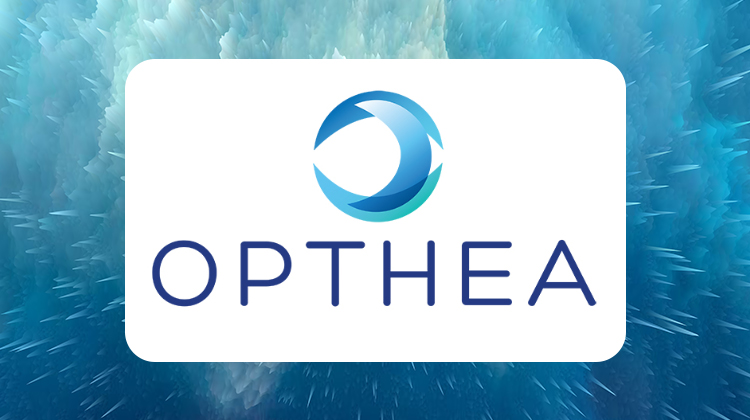With Positive Phase I/IIa, Opthea Looks to Next Step

Coming off word that the Phase I/IIa clinical trial of its novel anti-VEGF candidate for treatment of age-related macular degeneration exceeded expectations, along with positive regulatory agency feedback and a new round of fundraising, Australia-based Opthea is looking to expand its Phase IIb trial and explore the application of its lead candidate in other ocular disease processes.
In an exclusive interview with OIS, Opthea CEO and managing director Megan Baldwin, PhD, provides perspective on what’s next for Opthea now that results of the Phase I/IIa trial of its OPT-302 have been released. OPT-302 is a VEGF-C/D “trap” therapy for wet AMD that’s unique because existing FDA-approved anti-VEGF agents only target VEGF-A.
Phase I/IIa Results
The Phase I/IIa trial met its primary safety objective, with intravitreal injections of OPT-302 being well tolerated either as monotherapy or in combination with ranibizumab (Lucentis, Genentech). At week 12, 90% of patients (44/49) maintained or improved visual acuity (VA) compared with baseline. Treatment naive patients in the combination OPT-302 and Lucentis group (n = 18) achieved an average change in VA from baseline at week 12 of +10.8 letters. In previously treated patients (n = 19), the mean change in VA from baseline at week 12 was 4.9 letters.
The trial also found that mean central subfield thickness (CST) decreased 119 mM from baseline in all combination OPT-302 and Lucentis treatment groups at week 12, along with reductions in subretinal fluid in treatment naive patients.
The Phase I/IIa trial also included a OPT-302 monotherapy group. Most of these patients – 7 of 13 – did not require rescue therapy with anti-VEGF-A agents. In these patients that did not require rescue, the mean change in VA from baseline to 12 weeks was +5.6 letters, mean decrease in CST was –15 mM, and reduction in mean subretinal fluid was –91 mM.
New Round of Fundraising
On the same day those trial results were announced, Opthea completed its latest round of fundraising, valued at Australian $45 million (about US $31.5 million). “That fundraising enables us to enlarge the size of the Phase IIb clinical trial in wet age-related macular disease patients, but it also enables us to conduct a couple of smaller Phase II trials as well,” Dr. Baldwin says. Those trials will explore OPT-302 in patients with diabetic macular edema (DME) and patients who have refractory wet AMD after anti-VEGF-A therapy.
Opthea can also conduct a larger Phase IIb trial thanks to the fundraising. That trial will involve treatment-naive patients with wet AMD in three different groups: two receiving different doses of OPT-302 in combination with Lucentis, and the control group receiving Lucentis only. The primary endpoint will be mean change in best-corrected visual acuity at week 24. The idea is to look for an additive benefit of OPT-302. “When it is used as a combination agent, it can more completely block the signaling through the VEGF receptor and also completely shut down VEGF receptor-3, which is not blocked by inhibitors of VEGF-A,” Dr. Baldwin says. The Phase IIb will involve approximately 350 patients.
The fundraising also boosts Opthea’s balance sheet, Dr. Baldwin says. “It sets us up to be cash positive into 2021 and through the readout of the Phase II clinical trial,” she says.
Opthea has also had encouraging meetings with the FDA, the UK’s Medicines and Healthcare Products Regulatory Agency, and Sweden’s Medical Products Agency, Dr. Baldwin says. “We received very good, positive feedback from all of those agencies that endorsed our trial design and how we were thinking to position the molecule so it would be Phase III-ready for registrational study at the conclusion of the Phase IIb study,” she adds.
Opthea expects to initiate the Phase IIb trial in the second half of this year, on track with the schedule Dr. Baldwin talked about last year at the 2016 OIS@AAO and OIS@ASRS.
